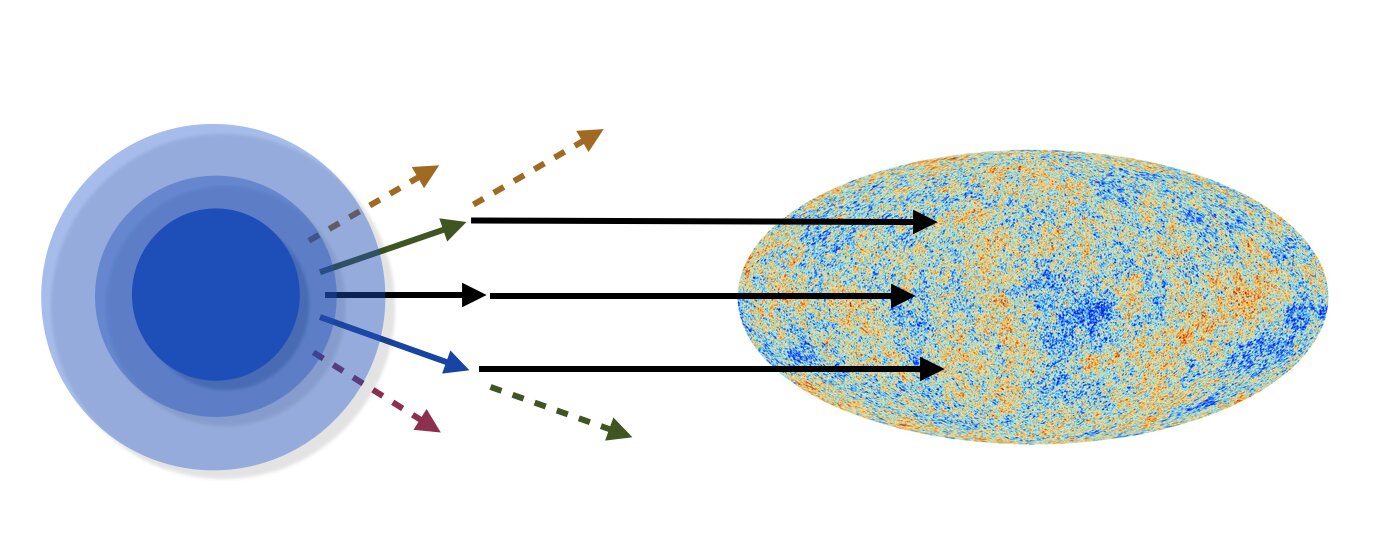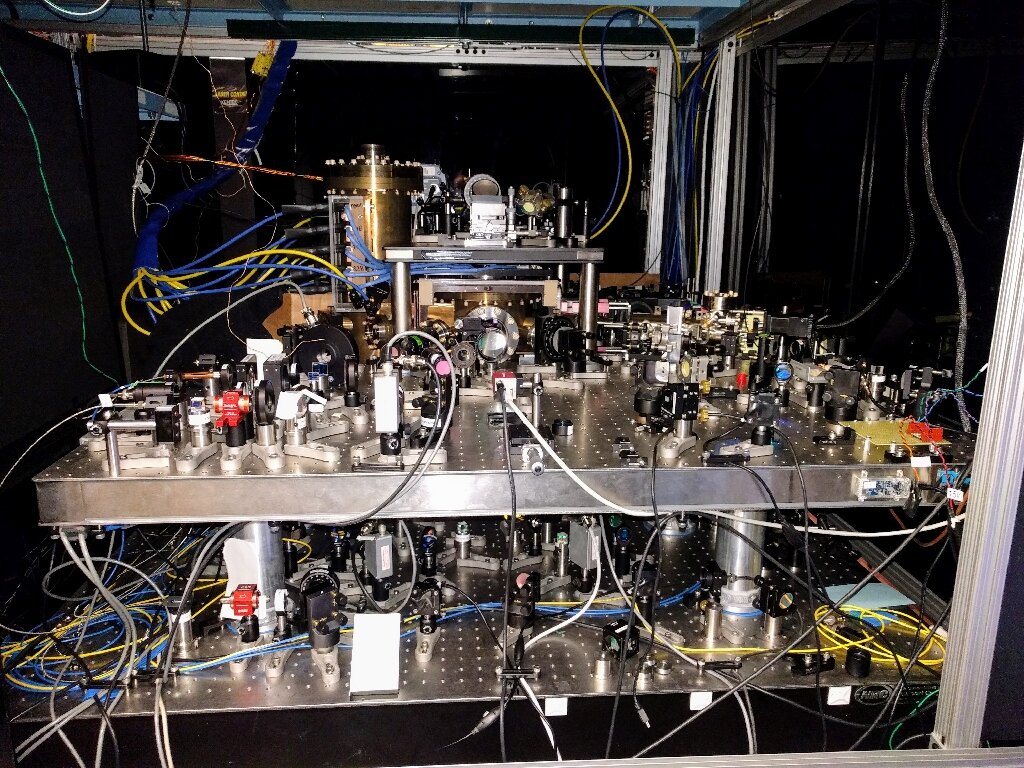(From phys.org) Less than two years after shocking the science world with the discovery of…

A new test to investigate the origin of cosmic structure
(From phys.org) Many cosmologists believe that the universe’s structure is a result of quantum fluctuations that occurred during early expansion. Confirming this hypothesis, however, has proven highly challenging so far, as it is hard to discern between quantum and classical primordial fluctuations when analyzing existing cosmological data.
Two researchers at University of California and Deutsches Elektronen-Synchrotron DESY in Germany have recently devised a test based on the notion of primordial non-Gaussianity that could help to ascertain the origin of cosmic structure. In their paper, published in Physical Review Letters, they argue that detecting primordial non-Gaussanity could help to determine whether the patterns of the universe originated from quantum or classical fluctuations.
“One of the most beautiful ideas in all of science is that the structure we observed in the cosmos resulted from quantum fluctuations in the very early universe that were then stretched by a rapid accelerated expansion,” Rafael Porto, one of the researchers who carried out the study, told Phys.org. “This ‘inflationary’ paradigm makes a lot of predictions which have been corroborated by data, yet the quantum nature of the primordial seed is extremely difficult to demonstrate directly.”
The main reason that demonstrating the quantum origin of the universe’s structure is so difficult is that inflation could have also stretched classical perturbations, resulting in a very similar galaxy distribution. In their paper, Porto and his colleague Daniel Green introduced the idea that while quantum and classical fluctuations would have resulted in similar galaxy distributions, some particular patterns would differ in structures of a quantum origin. Observing these patterns could therefore allow researchers to test the origin of cosmic structure.
“Much of the formalism we used to study the patterns of galaxies in the sky is similar to the way particle physicists study scattering processes at colliders,” Porto explained. “In cosmology we talk about ‘correlations,’ while in particle physics we talk about ‘amplitudes,’ but there’s a lot in common between the two. Using some basic physical principles and symmetries, we demonstrated that classical mechanisms would have produced a large number of particles and as a result a very specific signature in the pattern of galaxies, such as ‘bumps’ in collider data.”
Porto and Green showed that a cosmological signature resembling the presence of ‘bumps’ in collider data may indicate that the structure of the universe originated from classical fluctuations. On the other hand, the absence of these ‘bumps’ would suggest that zero-point quantum fluctuations were the key agents behind the formation of cosmic structure.
“People have tried to find a signature for the quantum origin of structure before and found that the effect is suppressed by 115 orders of magnitude, that’s a 0.…. 115 times… 1 effect,” Porto added. “We have shown that, while this is difficult to observe due to contamination from other sources during the process of structure formation, if there’s a primordial signal at all, the effect of classical perturbations is order 1. This means that we have achieved an improvement of 115 orders of magnitude over previous proposals.”
In recent decades, cosmologists investigating the origin of the universe’s structure have primarily been looking for the so-called ‘B mode’ polarization in the cosmic microwave background (CMB), as this polarization could be a product of primordial quantum gravitational effects during inflation. Rather than looking for the ‘B mode’ polarization as an indicator of quantum gravitational effects, Porto and Green turned the problem around and found that another pattern, known as the “folded configuration for the correlation functions,” carries the seed of classical fluctuations.
“There is a long history of people testing quantum mechanics in the lab using something called Bell’s inequalities,” Green told Phys.org. “The essential idea is that, if you have a quantum system, there are certain kinds of measurements you can do that will expose the true quantum mechanical nature of the state. The challenge in cosmology is that (1) the universe we observe is basically classical and (2) we can’t perform ‘experiments,’ as we don’t get to manipulate the state of the universe. The novelty of our work is that we showed you can still tell that it came from a quantum mechanical state in the distant past, despite these large obstacles.”
Porto and Green’s recent study introduces a new method to test the hypothesis that the universe’s structure is of a quantum nature. Essentially, the researchers theorize that if one cannot observe a ‘bump’ in the so-called folded configuration of non-Gaussian correlation functions, the structure of the universe would have originated from quantum zero fluctuations, as in classical physics, the vacuum is empty.
The litmus test introduced in their paper differs greatly from previously proposed tests of quantum mechanics and thus circumvents many of the issues associated with these tests. In their future work, Porto and Green plan to investigate whether their test could also be applied to lab-based experiments on quantum systems.
“Dan and I are now also thinking about how quantum information ideas can further pinpoint the nature of the primordial seed and in more practical terms also help us provide a faster algorithm to simulate the evolution of the universe, perhaps as quantum computers will do one day,” Porto said.


